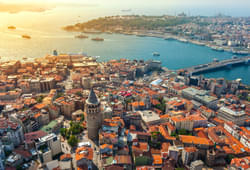Originally a Mausoleum

Over the centuries, Castel Sant'Angelo's fun facts tell us its transformation from a tomb to a fortress and later to a papal residence and prison, showcasing its varied historical roles.
Also Checkout: Places to Visit In Italy

Fortress Evolution

Facts about Castel Sant'Angelo reveal that the fortifications were further enhanced with the addition of towers and a drawbridge. During the Renaissance, the defensive features were modernized, including the construction of bastions and gun placements. This evolution reflects its importance in Rome's military and political history.
You Can Book Italy Tour Packages From Here
Angel Vision

Legend has it that the Archangel Michael appeared atop the mausoleum, sheathing his sword to signal the end of the plague. This divine vision led to the renaming of the mausoleum to Castel Sant'Angelo, symbolizing protection for the city of Rome and its inhabitants and the end of the plague.
Also Checkout: Historical Places in Italy
Vatican Link

One of the Castel Sant'Angelo facts tells us that it was built in 1277 during Pope Nicholas III’s papacy and was used by Pope Clement VII during the Sack of Rome in 1527. The passage is a fortified walkway about 800 meters long, featuring defensive windows and battlements.
Also Checkout: Places To Visit In Rome
Papal Home

Additionally, facts about Castel Sant'Angelo include that Pope Urban VII also took refuge during the Roman Revolt of 1555. Pope Pius IV used the castle during 16th-century conflicts. The castle's robust defences and the secret Passetto di Borgo passage provided a safe escape route.
Also checkout: Places to Visit In Florence
Renaissance Enhancements

Facts about Castel Sant'Angelo show that the interior was upgraded with luxurious papal apartments and ceremonial rooms, and Renaissance artists contributed frescoes and sculptures. These changes combined practical fortification with artistic refinement, strengthening the castle's role as a tough and elegant stronghold.
Also Check: Unusual Things To Do In Rome
Prison Era

Count Francesco Cenci, a nobleman accused of murder and other crimes, was held and executed in 1599. Additionally, Antonio de Cabezón, a Spanish noble involved in political intrigues, was also imprisoned at the castle. The prison continued to operate until 1901 when it was converted into a museum.
You can also book: Italy Honeymoon Packages
Museum Attraction

According to Castel Sant'Angelo facts, some notable exhibits include original frescoes from Pope Alexander VI's apartments and beautifully preserved Renaissance rooms like the Sala Paolina. Unique features include the "Treasure Room," showcasing coins, jewels, and ancient weaponry, and the ancient prison cells and papal apartments. Visitors can also enjoy the rooftop terrace with the iconic statue of the Archangel Michael.
Also Checkout: Places To Visit In Milan
Famous Bridge

The bridge offers views of the Vatican, the Tiber, and Rome's skyline. One of the special Castel Sant'Angelo fun facts is that its original name was the "Ponte Elio," named after Emperor Hadrian (Elio Caesar).
Also Checkout: Places To Visit In Venice















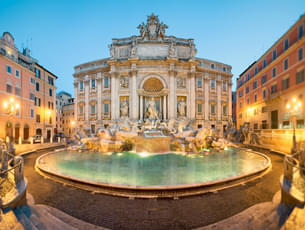
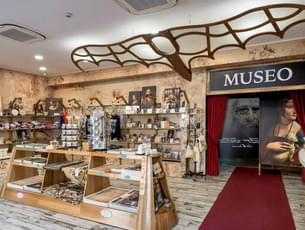


.jpg?w=305&h=230&dpr)
.jpg?gravity=center&width=752&height=450&crop=fill&quality=auto&fetch_format=auto&flags=strip_profile&format=jpg&sign_url=true)






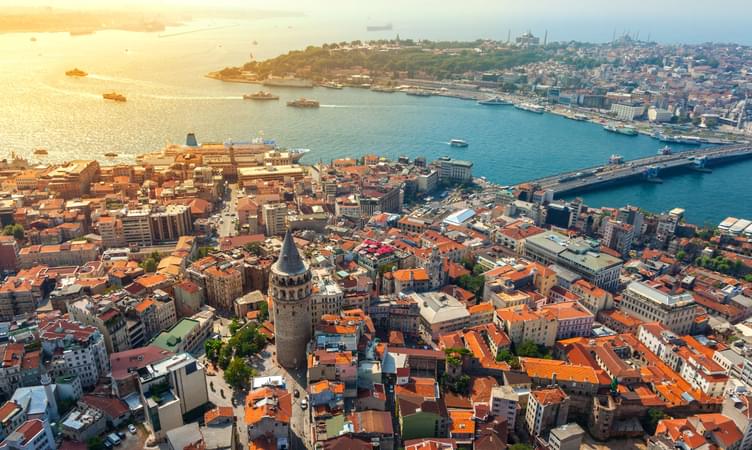











.jpg?gravity=center&width=90&height=90&crop=fill&quality=auto&fetch_format=auto&flags=strip_profile&format=jpg&sign_url=true)




.jpg?gravity=center&width=90&height=90&crop=fill&quality=auto&fetch_format=auto&flags=strip_profile&format=jpg&sign_url=true)

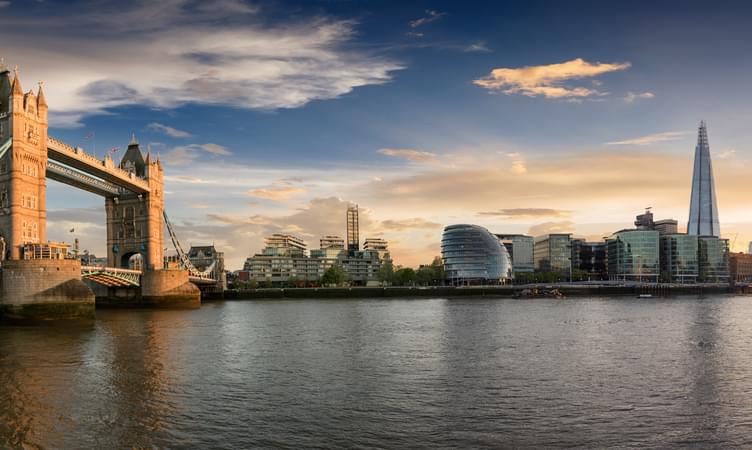





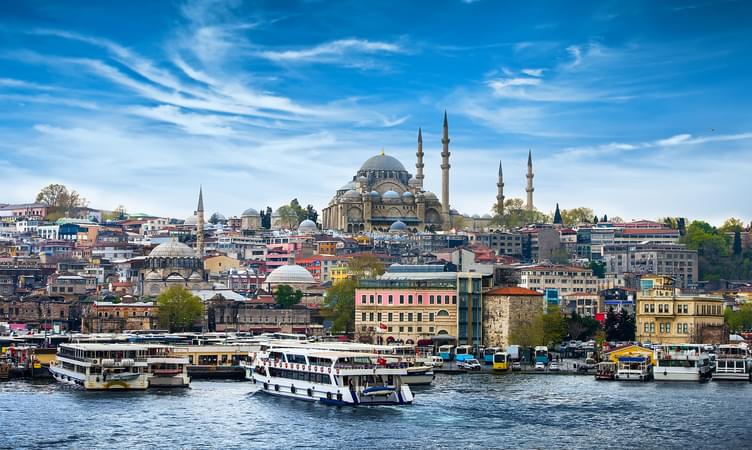
.jpg?gravity=center&width=90&height=90&crop=fill&quality=auto&fetch_format=auto&flags=strip_profile&format=jpg&sign_url=true)




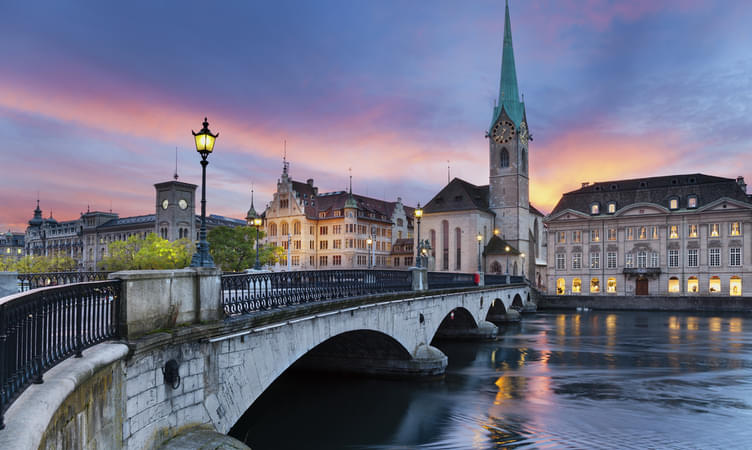



.jpg?gravity=center&width=90&height=90&crop=fill&quality=auto&fetch_format=auto&flags=strip_profile&format=jpg&sign_url=true)







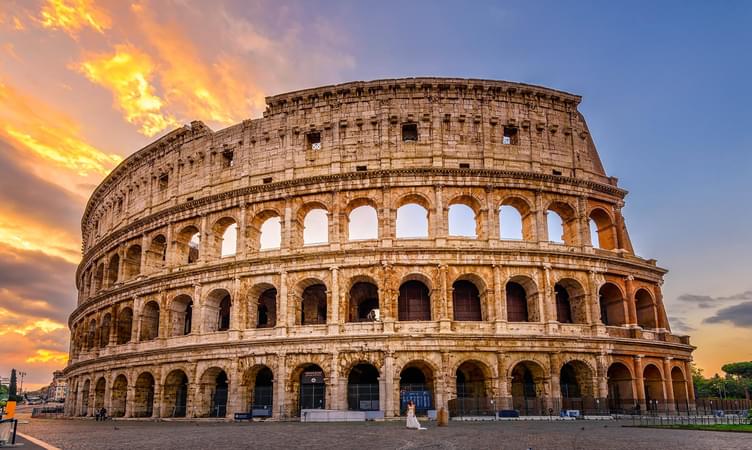






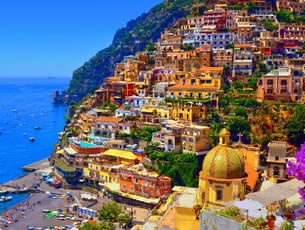
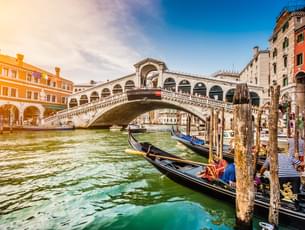
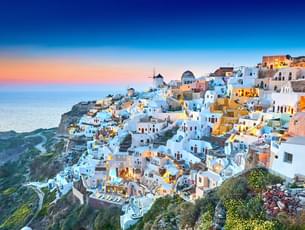



.jpg?w=350&h=210&dpr)
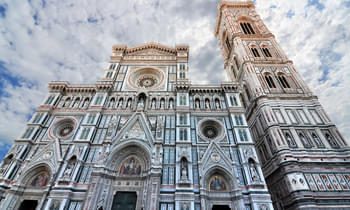




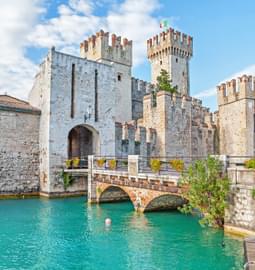


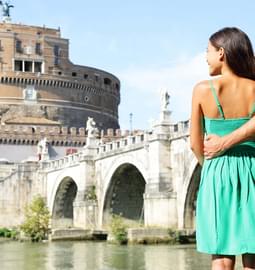











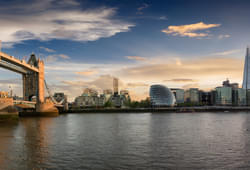
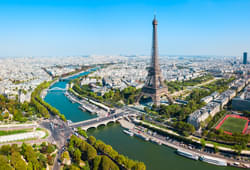

.jpg?gravity=center&width=250&height=170&crop=fill&quality=auto&fetch_format=auto&flags=strip_profile&format=jpg&sign_url=true)
